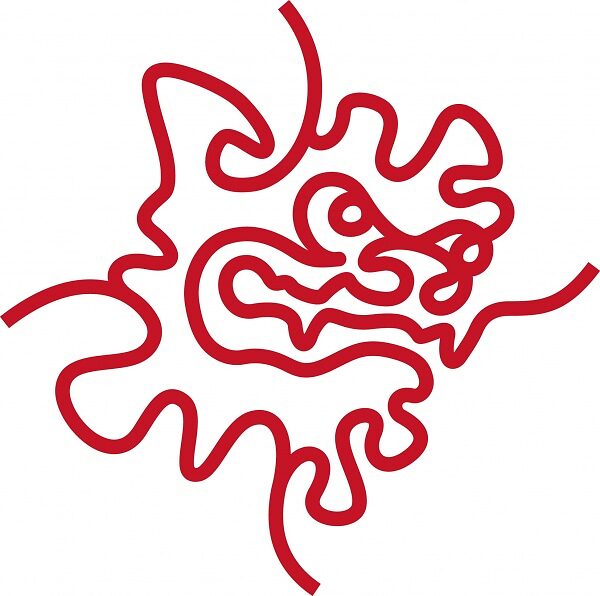OIST Mini Symposium "Mathematical Modeling and Analysis of Protein Cages"

Date
Location
Description
Protein cages such as viral capsids, ferritin, and clathrin function to house, protect, and transport cargo to specific host cells. Being tied closely to pathology and disease, these nanoscale, spontaneously self-assembling, shell-like structures have long been of interest to researchers in the biomedical community. Recent efforts have resulted in strategies that use protein cages as vehicles for the targeted delivery of therapeutic and imaging contrast agents. Novel approaches to treatment have also emerged. For instance, it has been suggested that a better understanding of protein-protein interactions in icosahedral viral capsids might provide ways to steer assembly toward defective structures with non-icosahedral symmetry and thereby inhibit the ability to enter cells or, alternatively, the ability to disassociate and release the viral genome after entering cells. Protein cages have also attracted considerable attention from researchers in nanotechnology, who are actively pursuing ways to use them as small-scale building blocks, templates, and reactors, among other things. In particular, the observed propensity of viral capsids to self-organize into two- and three-dimensional quasi-crystals has inspired strategies for fabricating an entirely new class of nanostructured functional materials.
Despite intensive study, fundamental questions about the mechanical properties, stability, and the assembly/disassembly mechanisms of protein cages remain largely unanswered. The proposed mini-symposium will provide an opportunity for leading researchers focused on the mathematical and numerical modeling of protein cages to present their most recent advances, exchange ideas, explore opportunities for collaboration, and settle on directions for future investigations. Although efforts related to the modeling of protein cages are thriving in Europe and the United States, there is as yet very little related activity in Asia. With the objective of stimulating interest among researchers based in Asia, this workshop will therefore include several participants from Japan and China. Granted established limitations on the number of participants, speakers have been carefully selected with the objective of providing a balanced representation of different perspectives.
Mini-Sympo-program_20160105
Please see attachment
(The program is subject to change. Thank you in advance for your understanding.)
Attachments
Subscribe to the OIST Calendar: Right-click to download, then open in your calendar application.



